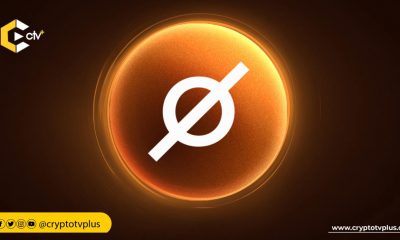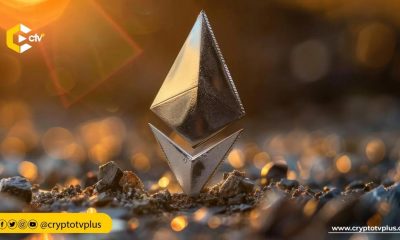Ethereum
Ethereum Consensus Algorithm PoW: Challenges, Economics & Finality

Economics
According to Ethereum, Proof of Work(PoW) is responsible for issuing new currency into the system and incentivizing miners to do the work. Miners who successfully create a block get rewarded with two freshly minted ETH and all the transaction fees within the block.
A miner may also get 1.75 ETH for an uncle block. Uncle blocks are valid blocks created by a miner practically at the same time as another miner mined the successful block. Uncle blocks usually happen due to network latency.
Finality
According to Ethereum, a transaction has ‘finality’ on Ethereum when it’s part of a block that can’t change. Because miners work in a decentralized way, two valid blocks can get mined at the same time.
This creates a temporary fork. Eventually, one of these chains will become the accepted chain after a subsequent block has been mined and added, making it longer.
But to complicate things further, transactions rejected on the temporary fork may have been included in the accepted chain. This means it could get reversed. So finality refers to the time you should wait before considering a transaction irreversible.
For Ethereum, the recommended time is six blocks or just over 1 minute. After six blocks, you can say with relative confidence that the transaction was successful. You can wait longer for even greater assurances.
Finality is something to bear in mind when designing dapps. It would be a poor user experience to misrepresent transaction information to your users, especially if the transaction is of high value.However, this timing doesn’t include the wait times for having a transaction picked up by a miner.
Read also
Problems of PoW
High Energy Consumption: A major criticism of proof-of-work is the amount of energy output required to keep the network safe. To maintain security and decentralization, Ethereum on proof-of-work consumes 73.2 TWh annually, the energy equivalent of a medium-sized country like Austria.
Proof-of-work also uses up so much energy that it’s bad for the environment.
51% Attacks: Ethereum Classic’s hack in August 2020 is a typical example of a 51% attack, which caused a reorganization of over 7,000 blocks, equivalent to 2 days of mining.
Mining Centralization: PoW is considered decentralized. Due to increasing computation needed, mining pools could potentially dominate the mining game, leading to centralization and security risks.
What do you think of this article? Let’s hear from you in the comment section!

























Pingback: Ethereum Consensus Algorithm PoW: Challenges, Economics & Finality by Marvelous Akpere – CryptoTvplus Events: NFT, DeFi, Bitcoin, Ethereum, Altcoin Events